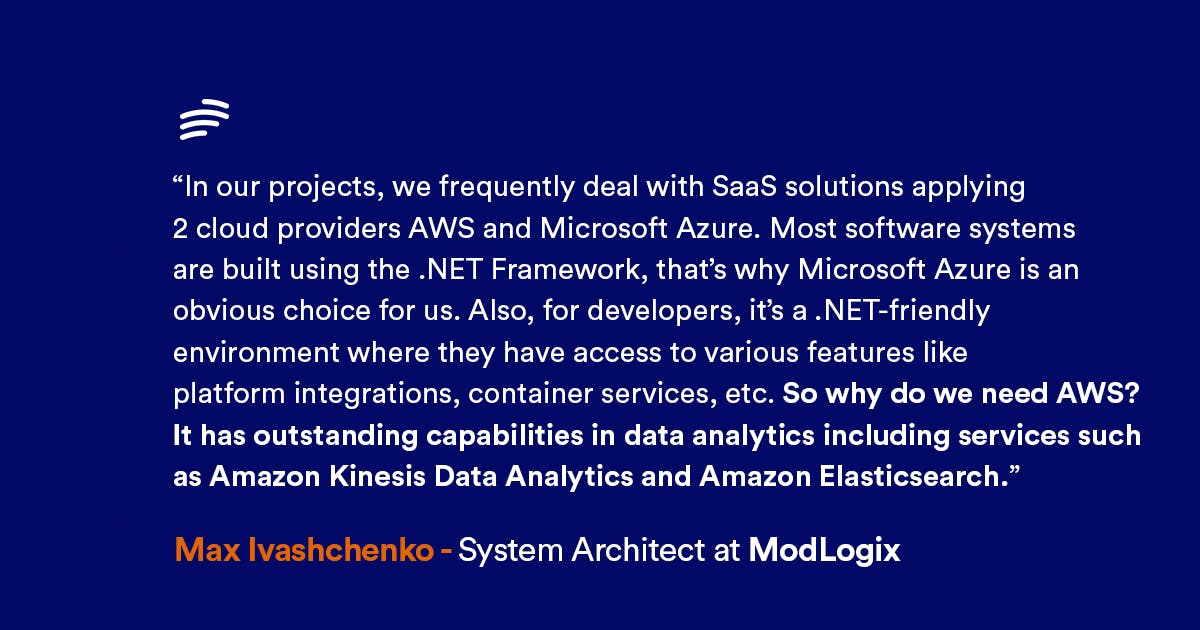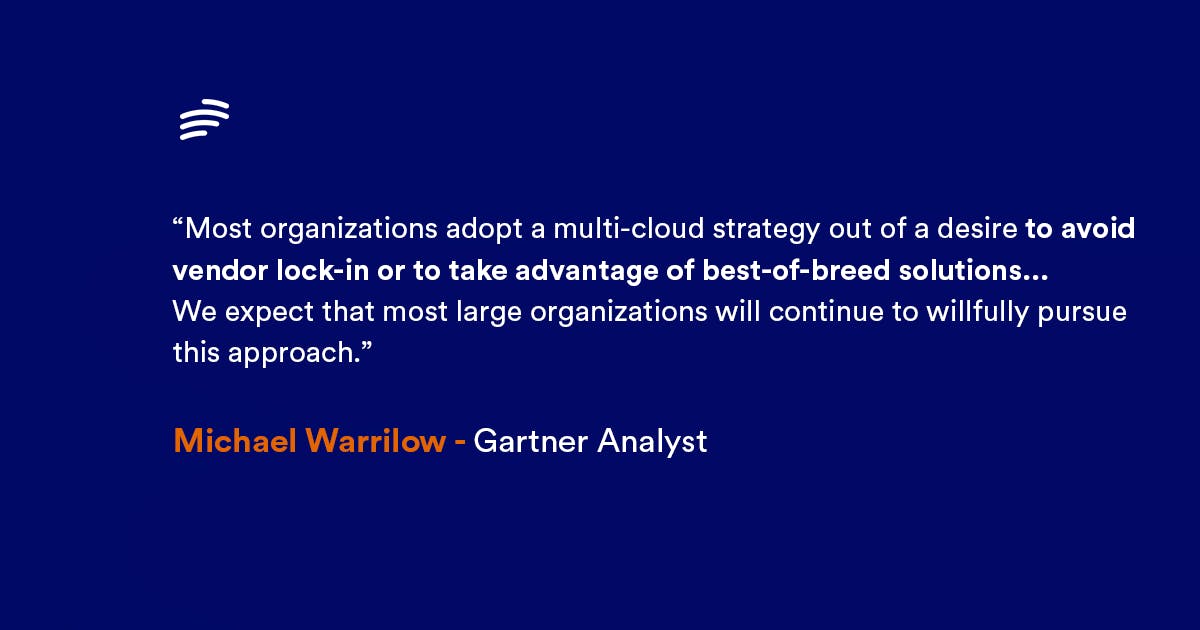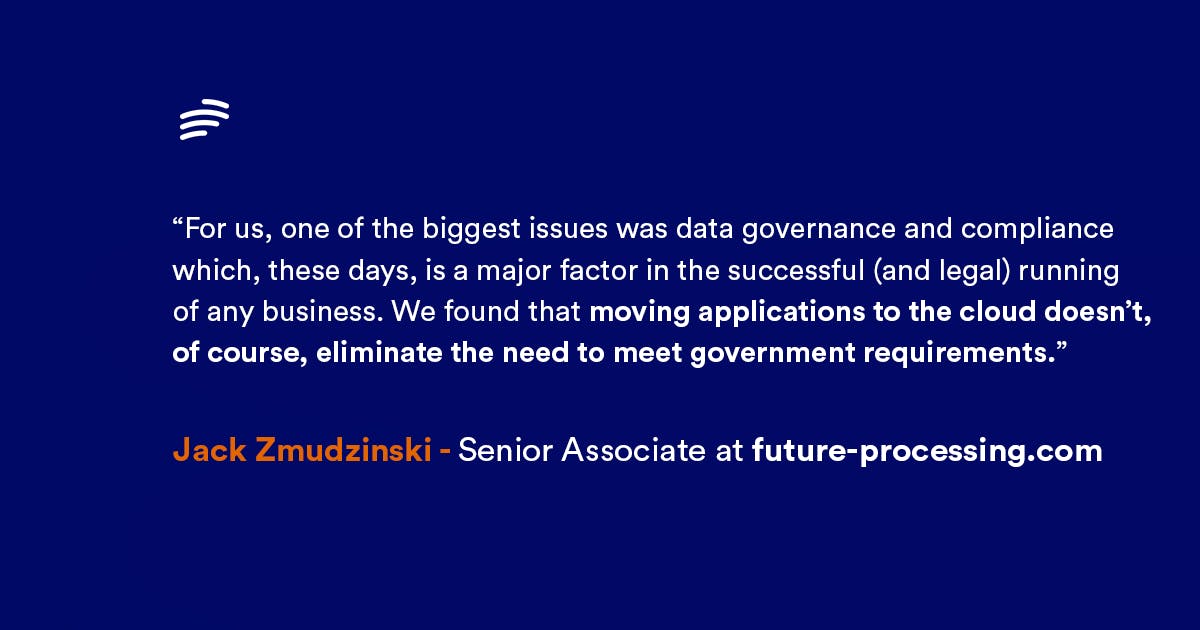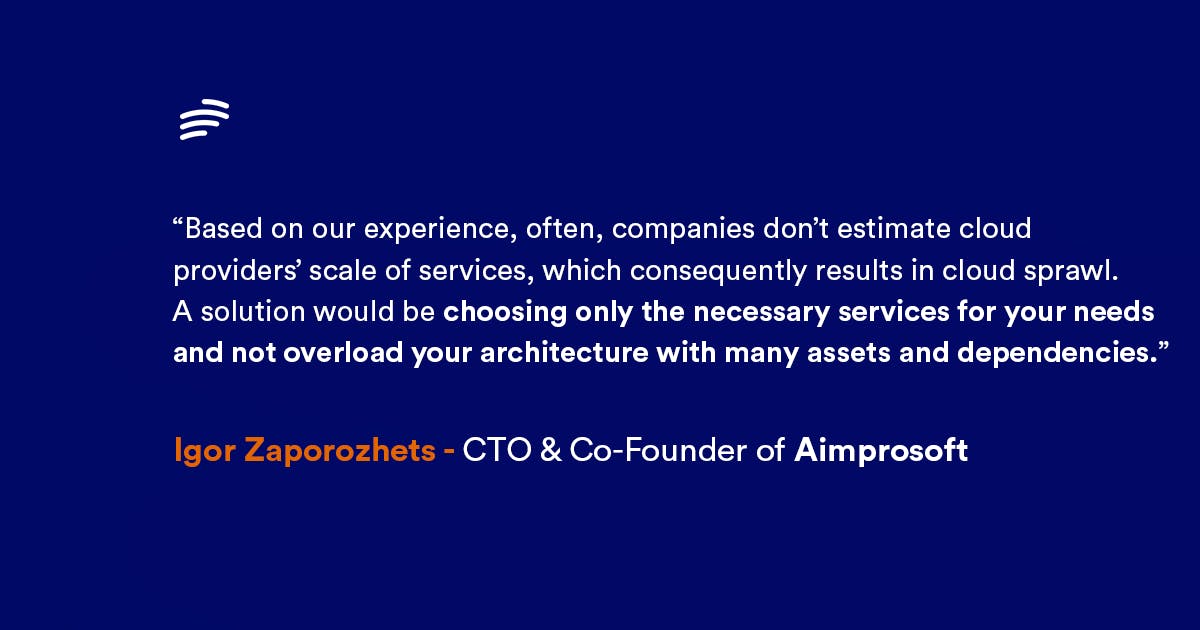Whether to optimize the costs associated with running and managing their own infrastructure or to enable development teams to build more efficient apps, most businesses today are interested in adopting a cloud infrastructure.
This is why now we have quite a few cloud solutions on the market, from public clouds such as Amazon Web Services, Microsoft Azure, and DigitalOcean, to private clouds such as Azure Stack, VMWare, or HPE.
In the early days, cloud adoption was about using a new approach to building applications. Today, however, implementing the cloud model is about the ability to embrace a multi-cloud architecture. Each of the solutions available appeals to different types of businesses and business needs. They can even be combined to create hybrid clouds.
And this is exactly where the problems start to appear. In their race towards creating the best cloud architecture for their organizational needs, companies sacrifice visibility.
Because their infrastructure is spread across multiple platforms and vendors, it’s almost impossible to have a clear overview. This lack of visibility leads to issues such as time-consuming infrastructure management and even the impossibility of scaling.
Before we go more in-depth into the top issues of multi-cloud adoption, let’s first define what multi-cloud means.
What Is Multi-Cloud?
Simply put, multi-cloud means using multiple clouds from different providers. It’s important to note that multi-cloud is different from a hybrid cloud.
Hybrid cloud refers to the combination between private (either on-premises or hosted) and public cloud infrastructure with orchestration tools.
On the other hand, multi-cloud is more of a strategic approach. Organizations use multiple cloud providers to meet different technical or business requirements.
Multi-cloud is also closely tied to cloud-native applications that are built from containers and microservices using components from different cloud providers.
According to IDC’s white paper entitled “Adopting Multi-Cloud — A Fact-Based Blueprint For Reducing Enterprise Business Risks”, as of 2017, 78% of organizations had already moved to the cloud. The study also showed that 58% of respondents work with at least four cloud providers, and 15% of them already use 10 or more.
4 Benefits of a Multi-Cloud Architecture
Ok, so why do organizations use multiple clouds instead of sticking to one cloud provider? There are several reasons for this.
For example, one reason is that every cloud has its particularities and strong points; there are different stacks for different tasks. If your application uses Artificial Intelligence, you might want to go to IBM Cloud or Google Cloud. On the other hand, if you need serverless computing, you go to Amazon Web Services. Last but not least, Salesforce is often preferred by SaaS businesses.
Another reason is the need for specialized cloud services depending on the industry. For governmental use, there’s AWS GovCloud, while for healthcare cloud services, there’s athenahealth.

Lastly, choosing more than one cloud provider can also come down to who selects the provider in the first place. In the case of a decentralized decision process, each department might choose to go with its own preferred option.
Besides these, there are several benefits that lead organizations to choose more than one cloud provider:
1. You’re not vendor locked
This is, by far, one of the most cited drivers of multi-cloud adoption. Organizations simply want to avoid becoming locked into a particular cloud provider’s infrastructure, add-on services, or pricing model.

2. Improved application performance
By choosing a cloud provider whose data centers are geographically close to your customers, you can minimize latency, jitter, and packet loss. So for businesses with customers from all around the globe, spreading their infrastructure across multiple cloud providers is the optimal solution.
3. Resilience
All cloud providers suffer from outages from time to time, so putting all your eggs in the same basket might not be the wisest decision. Employing a multi-cloud strategy is the only way you can achieve zero downtime and build resilient applications.
4. Compliance
Sometimes, using multiple cloud providers might not even be your choice. For example, the EU’s GDPR requires customer data to be held in particular locations. In this case, you have two options: you either create and maintain your own on-premises data lakes, or you adopt a multi-cloud approach.

Top Issues of Multi-Cloud Architectures
Now, all these benefits seem great, but they don’t come for free. In fact, quite a few disadvantages stem from multi-cloud adoption. Here are a few of the most prominent ones:
1. You don’t have a clear overview of how your infrastructure looks like
This is particularly true for medium and large businesses. Imagine you have 200 servers on Microsoft Azure, 300 on Google Cloud, 74 on DigitalOcean, and 13 on Scaleway. Do you even know how your architecture looks like? Or how many servers are active at any given time? The answer is probably no.
2. You can’t gather all your data in one dashboard
Moving forward, since you don’t have a clear overview of your infrastructure, you can’t analyze your costs either. You probably know how much you’re spending thanks to the receipts you’re getting at the end of each month, but you can’t break down these costs for each service you use. And since you don’t have this information, you can’t determine whether you’re efficient with your spending or could make significant savings either.

3. The management of your infrastructure is time-consuming
Every time you want to make a change, you need to perform the same set of actions on each platform. Wouldn’t it be great if you could only make changes once and they would automatically roll out on all your instances? Well, now that’s possible!
Bunnyshell – The Cloud Management Dashboard That Rules Them All
To eliminate all these disadvantages and allow you to take advantage of all the benefits the multi-cloud approach has to offer, Bunnyshell simplifies the management of multi-cloud environments.
What Bunnyshell proposes is a unified dashboard where you can keep an overview of your infrastructure and from where you can perform changes. This way, you don’t have to sacrifice visibility – you always know how your infrastructure looks like and what you’re spending your money on. Not to mention that, because you can make any configuration changes from the same dashboard, you save lots of administration time.
